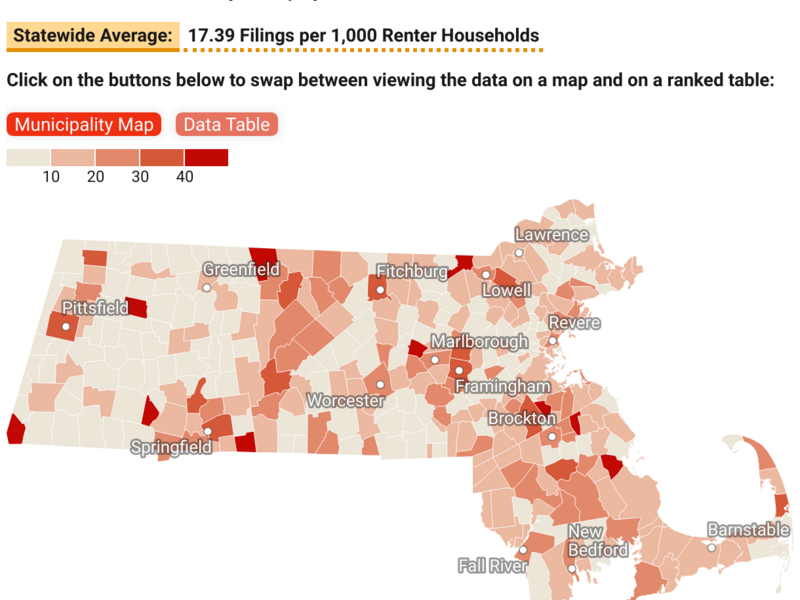The rising costs of property taxes, insurance, maintenance, or adjustable-rate mortgages also jeopardize housing for lower-income and moderate-income homeowners. Foreclosure petitions saw a sharp decrease during the Covid-19 pandemic due to the accompanying Moratorium on Foreclosures, which like eviction moratorium for renters, introduced new assistance programs to prevent households from facing foreclosure. Similar to the ERAP program, the Homeowner Assistance Fund (HAF), established in response to the Covid-19 pandemic, supported over 6,000 households behind on mortgage payments to prevent foreclosure. The end of the moratorium in June 2021 resulted in a steady increase in foreclosure petitions until March 2023. In contrast to recent eviction trends, the rates remained below pre-pandemic levels and foreclosure petitions are now declining. Unfortunately, numerous petitions are still working their way through the system and resulting in more foreclosure deeds transferring the property to the lender. HAF, like ERAP, stopped taking applications when the moratorium was lifted. Homeowners in need of assistance can still apply for RAFT benefits, though the $7,000 maximum funding amount under RAFT is much lower than the average request for HAF applicants—$20,000.
When homeowners can’t keep up with the mortgage
